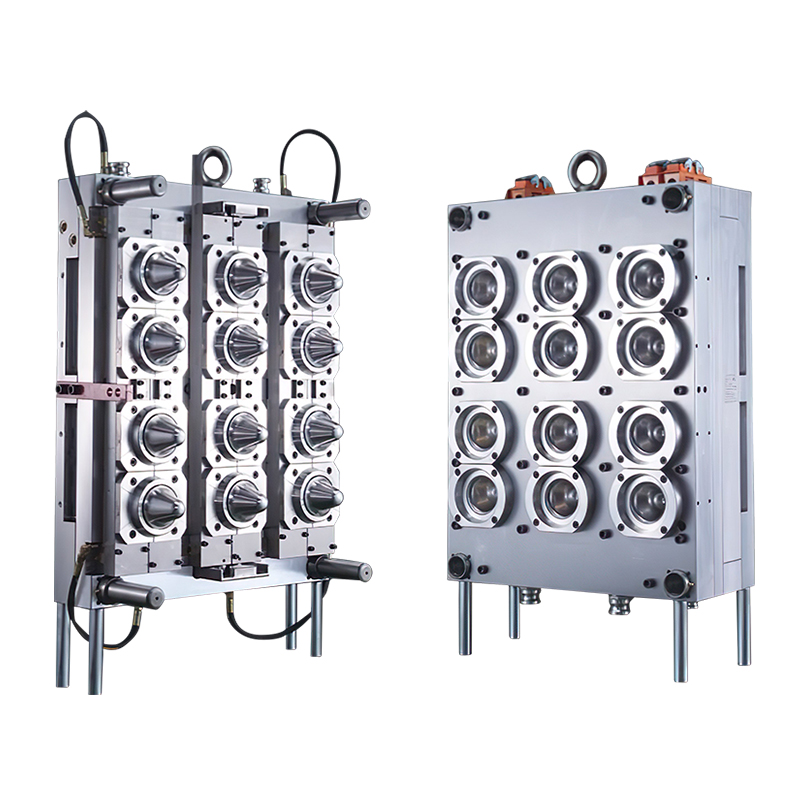The mold is a tool used to make shaped objects. This tool is composed of various parts. Different molds are composed of different parts. It mainly realizes the processing of the shape of the object through the change of the physical state of the formed material. Then why does the mold quenching Crack?
The mold is a tool used to make shaped objects. This tool is composed of various parts. Different molds are composed of different parts. It mainly realizes the processing of the shape of the object through the change of the physical state of the formed material. Then why does the mold quenching Crack?
Causes of cracks:
1) The mold material has severe network carbide segregation.
2) There is machining or cold plastic deformation stress in the mold.
3) Improper mold heat treatment operation (heating or cooling too fast, improper selection of quenching cooling medium, cooling temperature is too low, cooling time is too long, etc.).
4) The mold has complex shape, uneven thickness, sharp corners and threaded holes, etc., which cause excessive thermal stress and tissue stress.
5) The mold quenching heating temperature is too high to cause overheating or overburning.
6) After the mold is quenched, the tempering is not timely or the tempering holding time is insufficient.
7) When the mold is repaired and quenched, it is heated and quenched again without intermediate annealing.
8) If the mold is heat treated, the grinding process is improper.
9) During EDM after heat treatment of the mold, there are high tensile stress and microcracks in the hardened layer.
Precaution:
1) Strictly control the intrinsic quality of mold raw materials
2) Improve the forging and spheroidizing annealing process, eliminate the network, band, and chain carbides, and improve the uniformity of the spheroidizing structure.
3) After machining or cold plastic deformation, the mold should be subjected to stress relief annealing (>600°C) before heating and quenching.
4) For molds with complex shapes, asbestos should be used to block the threaded holes, and dangerous sections and thin walls should be wrapped, and graded quenching or austempering should be used.
5) Annealing or high temperature tempering is required when repairing or refurbishing molds.
6) The mold should be preheated when quenching and heating, and precooling measures should be taken when cooling, and a suitable quenching medium should be selected.
7) The quenching heating temperature and time should be strictly controlled to prevent the mold from overheating and overburning.
8) After the mold is quenched, it should be tempered in time, and the holding time should be sufficient. High-alloy complex molds should be tempered 2-3 times.
9) Choose the correct grinding process and suitable grinding wheel.
10) Improve the mold EDM process and perform stress relief tempering.




 English
English русский
русский Español
Español عربى
عربى







 +86-15157625901 / 13706572756
+86-15157625901 / 13706572756 info@suncomold.com
info@suncomold.com  No.2 Gongxin Avenue, Beicheng Street, Huangyan, Taizhou, Zhejiang, China
No.2 Gongxin Avenue, Beicheng Street, Huangyan, Taizhou, Zhejiang, China